When a group of Southeast Asian buyers stepped off the chartered bus and onto Patrick O’Leary’s farm in Danvers, Minnesota, the chair of Northern Soy Marketing (NSM) greeted a few familiar faces.
“I recognized some of them from a trip NSM took earlier this year to Indonesia and Thailand,” O’Leary said. “It’s always a good sign when visits like these are reciprocated.”
The tour of O’Leary’s farm was the second stop in NSM’s inaugural Midwest Crop Tour, which took place Sept. 11-15 in North Dakota, Minnesota, South Dakota and Nebraska, respectively, before ending in the Pacific Northwest.
“These trips are really beneficial and bring things full circle,” O’Leary said. “It’s important that both sides have a full understanding of each other.”
O’Leary is a fourth-generation producer from Benson and farms with his two brothers and father. O’Leary grows soybeans and corn, and his family contract grows hogs. In addition to the work on their farm, the O’Learys also sell seed and have a custom farming business.
During the trade team tour, which took place as soybean harvest approached, O’Leary gave an overview of his operation; displayed farm equipment; showed his grain storage facilities and highlighted how technology advancements and sustainable practices help preserve his land.
“We’re trying to manage that fertility and not over-fertilize,” he said.
O’Leary explained to his guests how his 2023 soybean crop had only received about 30-40% of its usual rainfall.
“The (crop) still looks mostly good,” he said. “We’re just seeing aborted pods because of the dryness. They’re smaller, but it won’t affect their quality.”
Upper Midwest-grown soybeans also contain low Foreign Material (FM) and have low moisture content, O’Leary said.
“When these beans leave this farm, they are clean and of high-quality,” O’Leary told his customers.
Chayut Pattananusintu, a crop analytics officer with the Bangkok Produce Merchandising Public Company, returned to the Upper Midwest after meeting O’Leary while touring AGP’s facilities last year.
“It’s important to learn the basics of soybean and corn production – what you should do and what you shouldn’t do,” he said. “The farmers here have a lot of experience, and we have to learn from them, step-by-step.”
Crop diversity
The team of 13 international buyers included professionals employed in their companies’ procurement, purchasing, market research, supply chain and other divisions. The companies represented on the tour include some of the largest purchasers of soybeans in Southeast Asia: Charoen Pokphand, Japfa, Thai Vegetable Oil and more.
“These are big companies from both countries that are representing,” O’Leary said. “It’s very important they see how we produce high-quality beans.”
The “reverse crop” tour started in North Dakota where participants were exposed to more than just soybeans. As the bus pulled into North Dakota Soybean Council (NDSC) Director Dallas Loff’s farmyard, attendees were glued to the window as they watched sugar beet harvest unfold.
Since most group members had never heard of sugar beets before, it was an excellent opportunity to highlight North Dakota’s agricultural diversity. And, of course, Loff gave them an in-depth view of the soybean growing and harvest process on his operation.
“My great-great grandpa started farming here in the late 1800s,” said Loff, who farms near Wahpeton, N.D. “This is where I grew up and now I farm with my dad and brother.”
The group also spent a few hours at NDSC’s office, hearing from Executive Director Stephanie Sinner and Research Programs Coordinator Miki Miheguli. Sinner highlighted the state’s expanding soybean growing region.
“Soybean production has grown north and west in the state of North Dakota,” Sinner said. “Checkoff investments in variety research have been a big factor.”
Shuttle facilities were also highlighted in North Dakota.
“Our farmers have invested in their local elevator system to put shuttle facilities in over the last 15-20 years,” Sinner said. “It’s one of the most efficient systems for moving grain in the United States. And most farmers in the state have a really good proximity to a large shuttle facility.”
Day one ended with a visit to the Alton Grain Elevator, which handles about 23 million bushels of grain per year – or 55 shuttles per year – and was the first shuttle facility in North Dakota.
The multi-state visit was handled in coordination with the U.S. Soybean Export Council.
“I love these tours,” USSEC Animal and Agriculture Director Tom D’Alfonso said. “Everyone seems to enjoy them and have something to take back home with them.”
Quality conversations
Seth Naeve, a University of Minnesota Extension agronomist and NSM contractor, attended the Minnesota portion of the tour. He said the Midwest Crop Tour helps move the needle for northern-grown soybeans by generating conversations.
“It’s the same thing Patrick always says: ‘It’s a personal business,’ It’s about people-to-people,” Naeve said. “We don’t end up talking so much about soy quality. This issue is to talk about the operation; the issue is more about the personalities.”
NSM, which recently rebranded with a new logo and tagline, is in the process of planning a return to Southeast Asia in early 2024.
“Ultimately, our goal is to bring knowledge of our soybeans to overseas customers,” O’Leary said. “That may be talking about amino acid content or the quality of soybeans. We’re really a group to bring knowledge and build relationships.”
Farmers and buyers continued the conversation over lunch before the Southeast Asian group headed to South Dakota to visit Peever farmers Bob and Bud Metz and Kevin Scott of Valley Springs.
While at the Metz farm near Peever, South Dakota, participants took a deep dive into the agronomy decisions Metz makes with his agronomist to grow a quality soybean crop.
Family ties
Farming is truly a family affair for the Scott family. Three generations of the family greeted the trade team, including 2-month-old Evelyn.
Kevin Scott, former president of the American Soybean Association, is the fourth generation of his family to farm near the South Dakota, Minnesota and Iowa borders in Valley Springs, S.D. Scott and his family discussed the operation and equipment, including the planter, sprayer and grain cart.
The tour also featured a visit with Ag Processing Inc. (AGP) staff at their headquarters in Omaha, Neb., and their Sergeant Bluff, Iowa, crush facility. The team later flew to Seattle for tours of AGP’s export facility, as well as the Washington State Department of Agriculture’s Grain Inspection Program, to learn more about quality testing, grade inspection and phytosanitary services for grains and commodities.
“These relationships are important to having our customers understand that NSM should be top of mind when they’re making those buying decisions,” O’Leary said. “We look forward to visiting with our friends in Southeast Asia again soon.”




